Quality of Healthcare Services
The medical tourism market in Malaysia is significantly driven by the high quality of healthcare services available. Malaysian hospitals are often accredited by international bodies, ensuring that they meet rigorous standards of care. Many healthcare professionals are trained in Western countries, which enhances their expertise and the overall patient experience. The medical tourism market in Malaysia is characterized by advanced medical technologies and facilities, which further attract international patients. According to recent data, Malaysia ranks among the top 10 medical tourism destinations, with a patient satisfaction rate exceeding 90%. This reputation for quality care not only draws patients seeking treatment but also encourages them to recommend Malaysia to others, thereby expanding the market further. The emphasis on quality is a crucial factor that continues to bolster the medical tourism market in Malaysia.
Cost-Effectiveness of Treatments
The medical tourism market in Malaysia benefits from the cost-effectiveness of healthcare services. Patients seeking medical procedures often find that the costs in Malaysia are substantially lower than in their home countries. For instance, surgical procedures can be up to 70% cheaper compared to Western nations. This affordability attracts a diverse clientele, particularly from countries with high healthcare costs. The medical tourism market in Malaysia is thus positioned as a viable alternative for those seeking quality care without the financial burden. Furthermore, the competitive pricing of treatments, combined with high standards of care, enhances Malaysia's appeal as a medical tourism destination. As a result, the influx of international patients contributes to the growth of the medical tourism market, fostering economic development and job creation within the healthcare sector.
Cultural and Linguistic Affinity
Cultural and linguistic affinity plays a significant role in the medical tourism market in Malaysia. The country is known for its multicultural society, which includes a blend of Malay, Chinese, Indian, and indigenous cultures. This diversity fosters an environment where international patients feel more comfortable and understood. Many healthcare professionals in Malaysia are proficient in English, which facilitates communication and enhances the overall patient experience. The medical tourism market in Malaysia thus benefits from this cultural openness, as it attracts patients from various backgrounds who seek not only medical care but also a welcoming environment. This aspect is particularly important for patients from neighboring countries, as it reduces the barriers to seeking treatment abroad. The cultural and linguistic similarities contribute to the growing appeal of Malaysia as a medical tourism destination.
Diverse Range of Medical Services
The medical tourism market in Malaysia is characterized by a diverse range of medical services offered, catering to various patient needs. From cosmetic surgery to complex cardiac procedures, Malaysia provides a comprehensive array of healthcare options. This diversity is appealing to international patients who may seek specialized treatments that are not readily available in their home countries. The medical tourism market in Malaysia is thus able to attract a wide demographic, including those seeking elective surgeries, fertility treatments, and wellness therapies. The availability of such varied services enhances Malaysia's competitiveness as a medical tourism destination. Furthermore, the integration of traditional and alternative medicine alongside conventional treatments adds to the appeal, allowing patients to choose personalized care options that suit their preferences.
Government Support and Initiatives
The Malaysian government plays a pivotal role in promoting the medical tourism market through various initiatives and support programs. The Ministry of Health has implemented policies aimed at enhancing the country's healthcare infrastructure and services. This includes investments in state-of-the-art medical facilities and training programs for healthcare professionals. Additionally, the government actively markets Malaysia as a premier medical tourism destination through campaigns and partnerships with healthcare providers. The medical tourism market in Malaysia is likely to benefit from these efforts, as they not only improve service delivery but also increase awareness among potential international patients. Recent statistics indicate that government initiatives have contributed to a 15% annual growth in the medical tourism market, highlighting the effectiveness of these strategies in attracting foreign patients.


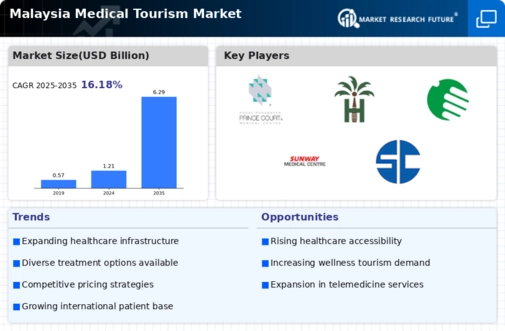
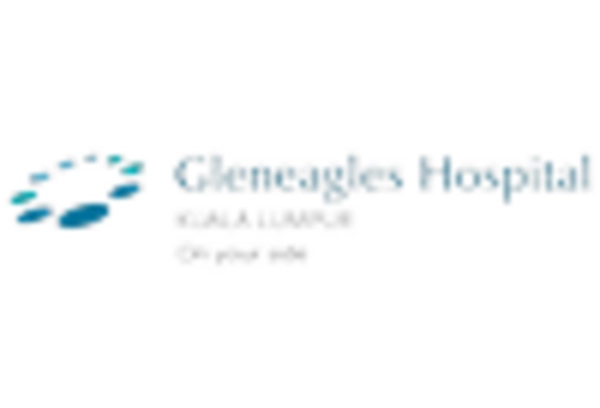
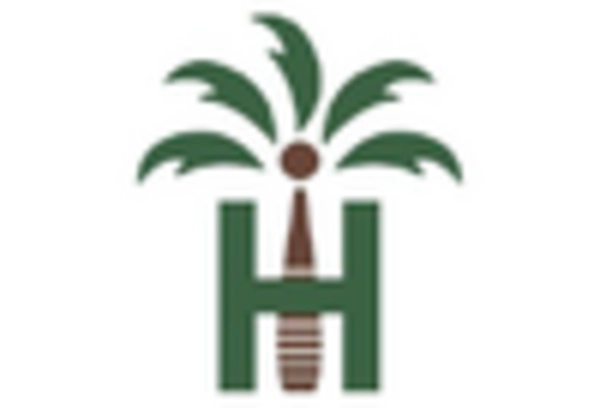


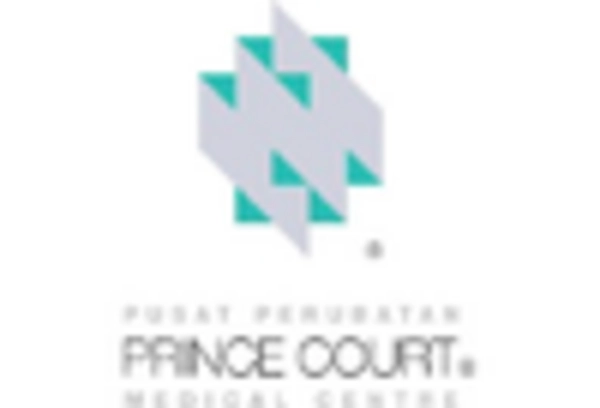
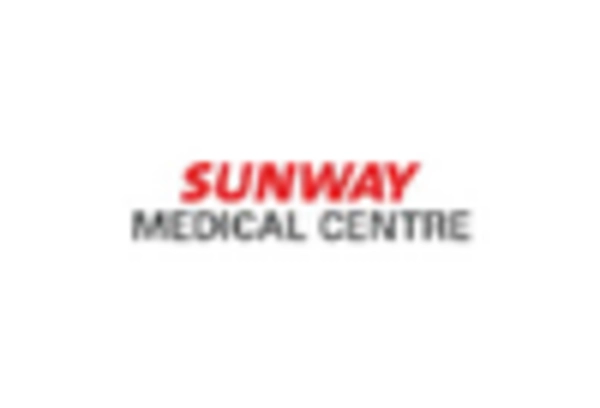








Leave a Comment